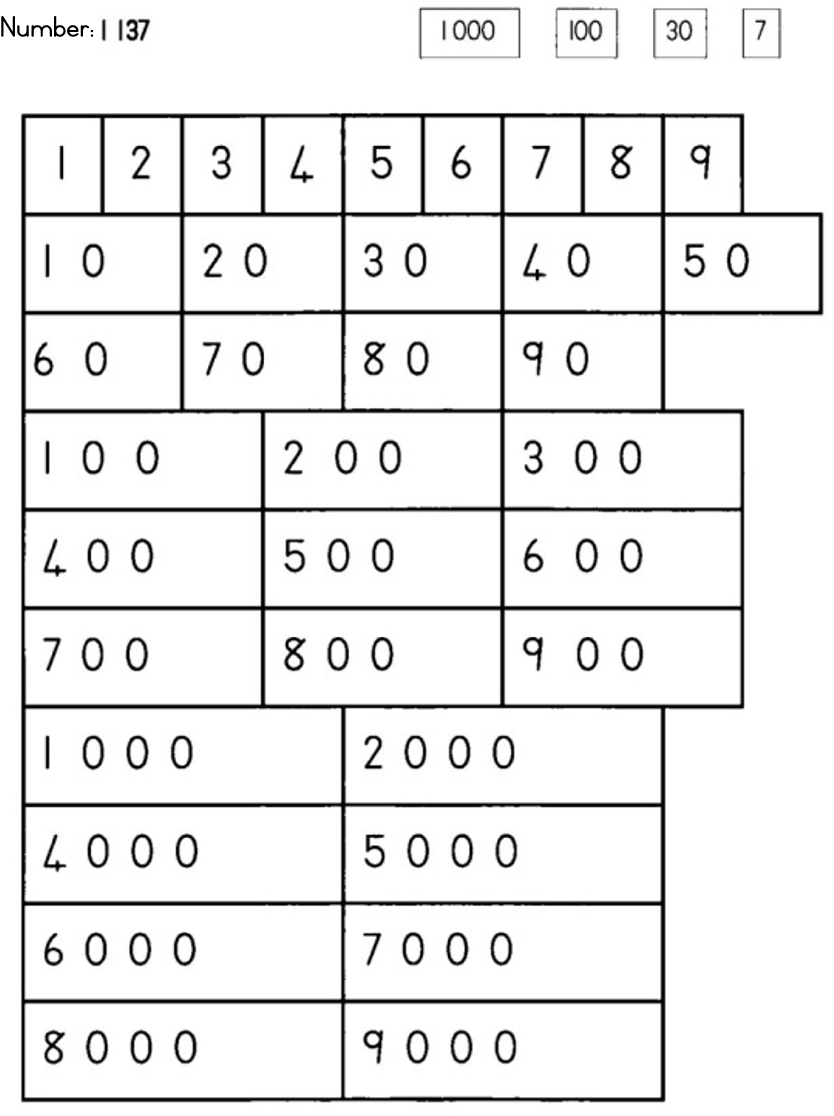| << Chapter < Page | Chapter >> Page > |
This module still consists mostly of activities for consolidation, reinforcement and assessment of the work taught in the previous grades focusing on the number 100.
The names of the months and the correct spelling thereof need to be attended to. Discussions about the seasons and a healthy environment (nature conservation) will provide opportunities for the integration with other learning areas.
Weather charts for the different seasons can be recorded e.g. February – summer; May – autumn; August – winter; November – spring. These are not the best months for the seasons but they are the months in which the learners attend school for the whole month. Complete a bar graph for every weather chart so that weather conditions can be compared and discussed. Having completed all the bar graphs these can be compared to one another and the learners can discover weather conditions relevant to their own regions as well as those relevant to each season. The educator can keep the graphs to compare the statistics with the next year’s graphs.
The tasks and activities in Learning Unit 2 are still mainly intended for consolidation of work covered in previous grades. It is essential, however, that educators continue to make use of concrete apparatus to repeat, explain and consolidate all concepts that were not fully mastered before.
It is of the utmost importance that learners must be totally familiar with the tens grouping of our numbers system:
10 ones are grouped as 1 group of ten
10 tens are grouped as 1 group of a hundred
10 groups of a hundred are grouped as 1 group of a thousand , etc.
Learners must work with counters that have been grouped in hundreds, tens and units . Should counters not be available, the following semi-concrete apparatus can be used.
Learners must work with counters that have been grouped in hundreds, tens and units . Should counters not be available, the following semi-concrete apparatus can be used.

The expansion cards (flared cards) are very useful in explaining place values, renaming, unifying of numbers and the 0 as place-keeper.
Attached you will find an example of expansion cards (flared cards) and a key to writing all number names. Flared cards enable learners to build any number, and if learners know the basic number names, they can construct and write any number name from the given parts. Give each learner a copy to use, for example
Example:
Number name: one thousand one hundred and thirty seven

If you wish to use this example, enlarge it and copy it on manilla.
| 0 nought 1 one 2 two 3 three 4 four 5 five 6 six 7 seven 8 eight 9 nine 10 ten 1 1 eleven 12 twelve 13 thirteen 14 fourteen 15 fifteen 16 sixteen 17 seventeen 18 eighteen 19 nineteen | 20 twenty21 twenty one22 twenty two23 twenty three24 twenty four25 twenty five26 twenty six27 twenty seven28 twenty eight29 twenty nine | |
| 10 ten20 twenty30 thirty40 forty50 fifty60 sixty70 seventy80 eighty90 ninety | ||
| 100 one hundred 200 two hundred 300 three hundred 400 four hundred 500 five hundred 600 six hundred 700 seven hundred 800 eight hundred 900 nine hundred | 101 one hundred and one102 one hundred and two103 one hundred and three104 one hundred and four105 one hundred and five106 one hundred and six107 one hundred and seven108 one hundred and eight109 one hundred and nine | |
| 1 000 one thousand 3 000 three thousand 5 000 five thousand 7 000 seven thousand 9 000 nine thousand | 2 000 two thousand4 000 four thousand6 000 six thousand8 000 eight thousand10 000 ten thousand | |
| 111 one hundred and eleven112 one hundred and twelve113 one hundred and thirteen114 one hundred and fourteen115 one hundred and fifteen116 one hundred and sixteen117 one hundred and seventeen118 one hundred and eighteen119 one hundred and nineteen120 one hundred and twenty121 one hundred and twenty one122 one hundred and twenty two123 one hundred and twenty three124 one hundred and twenty four125 one hundred and twenty five126 one hundred and twenty six127 one hundred and twenty seven128 one hundred and twenty eight129 one hundred and twenty nine | ||
| 110 one hundred and ten120 one hundred and twenty130 one hundred and thirty140 one hundred and forty150 one hundred and fifty160 one hundred and sixty170 one hundred and seventy180 one hundred and eighty190 one hundred and ninety |

Notification Switch
Would you like to follow the 'Mathematics grade 3' conversation and receive update notifications?